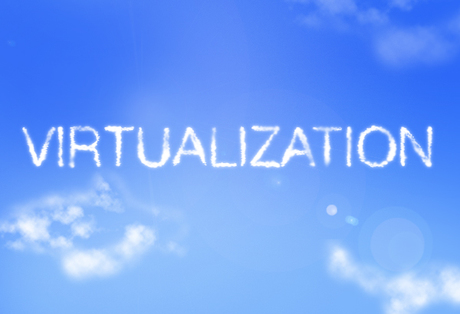The virtualisation dilemma

It is important to consider the practical implications of virtualisation.
There has been plenty of industry discussion on how virtualisation of the network and services infrastructure will revolutionise network architectures. Moreover, according to IDC, software-defined networking (SDN) will grow from a global market worth roughly $960 million in 2014 to more than $8 billion by 2018.
Many IT decision-makers predict that the entire network will move from proprietary hardware, such as routers and switches for software-defined networking, towards software-defined services, such as firewalls, services gateways and core service provider network components, such as packet gateways within the Network Functions Virtualisation (NFV) framework.
Some organisations envision a fully virtualised network that replaces the need for proprietary hardware with common off-the-shelf (COTS) hardware, utilising an X86 architecture.
In reality, however, it is difficult to develop a manageable roadmap and plan to create a virtualised network that is able to perform with the same capabilities of existing networks.
Consider the options
Virtualisation allows an organisation to leverage the benefits of agility and elasticity found in cloud architectures with embedded management and orchestration systems.
But this agility and elasticity comes with a price. Additional operational overhead and reduced performance introduce additional complexities into the architecture.
In addition, COTS hardware does not have the same high performance characteristics as proprietary hardware. With COTS hardware, instances of the function are necessary to deliver the same network performance capabilities. Multiple instances need to be aggregated using application delivery controller (ADC) and load balancing technologies. This is potentially an additional function that needs to be incorporated for successful virtualisation technology execution.
Another layer of infrastructure needed to support virtualised architecture is a hypervisor management system that will enable the implementation of these virtualised services on the COTS hardware. This also adds to the complexity of the operational management of the virtualised infrastructure.
When to call and when to raise
Once an organisation makes considerations for the adoption of virtualised networking as mentioned above, the next step is to identify which services make sense to virtualise.
Because of scaling and the necessity to deliver high network performance services to deliver functions like a packet data network firewall where aggregate throughputs can exceed 40 Gbps, it makes sense to retain the high-performance proprietary hardware models that can handle the capacity of these areas of the network architecture.
Second, solutions architects need to look for key critical components and functions where operators can take advantage of the agility and elasticity of the delivery of these software-defined networking services to the end user. This usually means services that have variable demand requirements and need the resiliency of geographic redundancy.
In the service provider environment, this typically starts at the value-added services (VAS) and then extends into the packet data network (SGi in an LTE mobile environment) and then the rest of the core service provider network.
Emerging technologies create a vision depicting the impact of a disruptive technology. But it is important to consider the practical implications with the evolution of any transformative technology as it relates to the existing network architecture models.
AI's next leap: expect more enterprise integration with purpose and ROI
The coming year marks a new phase in AI maturity, one that won't be defined by flashy AI...
The cloud’s real security crisis in Australia
The cloud promised to make security simpler, but instead it has becomne the greatest area of...
Cybersecurity KPIs still reactive rather than forward-looking: report
According to Tenable, the C-suite's rush to AI blinds leadership to critical security...







